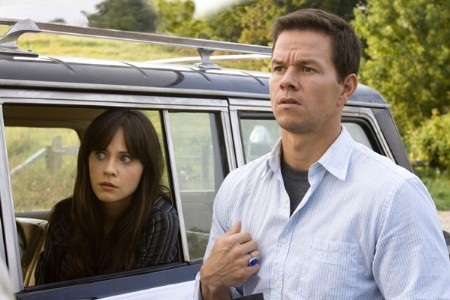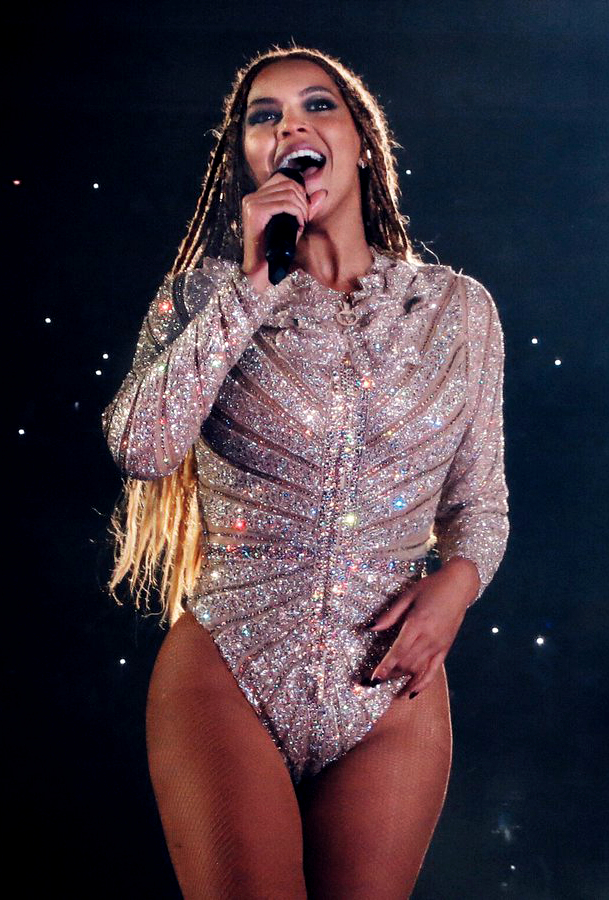In the ever-evolving landscape of theme park entertainment, even the most iconic figures and experiences are subject to change. Walt Disney World, a beacon of childhood wonder and fantastical escapes, has recently undertaken a series of quiet but significant adjustments to its character appearances and beloved attractions. These moves, often subtle and without grand announcements, reflect a deeper strategic pivot within the company, influenced by contemporary social sensibilities, evolving guest expectations, and the ongoing quest for narrative relevance and inclusivity.
For industry professionals and seasoned Disney enthusiasts alike, these changes signal a conscientious effort to align the magical experience with modern values, ensuring that the legacy of Disney continues to resonate with diverse audiences worldwide. From iconic pixie dust-wielding fairies to the harmonizing animatronics of classic jamborees, the decisions made behind the scenes are intricate, balancing cherished tradition with necessary evolution. This comprehensive report aims to unpack the motivations and implications behind some of these quiet transformations.
The shifts extend beyond mere aesthetic updates, touching upon the very fabric of character portrayal and guest interaction. These aren’t just minor tweaks; they represent a fundamental rethinking of how stories are told and perceived in the parks, emphasizing that even in the realm of fantasy, representation and sensitivity are paramount considerations. We delve into the specifics of these decisions, offering an authoritative look at the quiet retirements that are reshaping the Disney park experience.
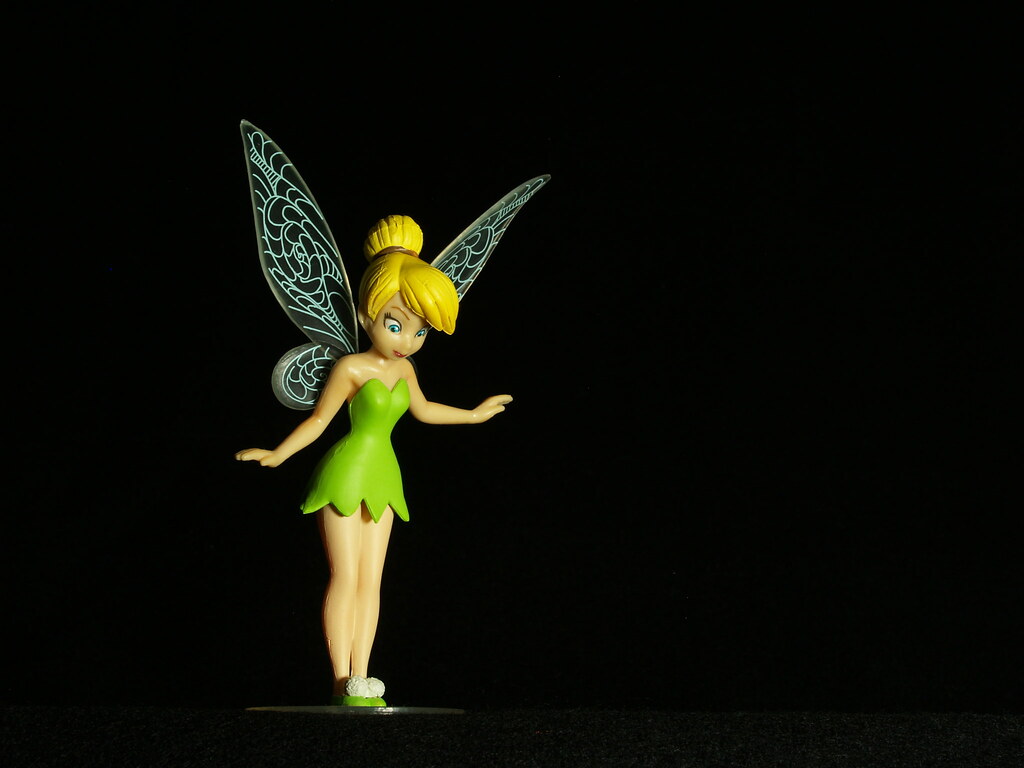
1. **Tinker Bell’s Evolving Presence at Walt Disney World**The diminutive yet powerful fairy, Tinker Bell, a prominent character from the 1953 Disney movie “Peter Pan,” has recently seen a notable reduction in her interactive role at Walt Disney World. Specifically, mentions of Tinker Bell have been scrubbed from the Town Square Theater at Magic Kingdom, a location where she previously conducted meet-and-greets with adoring fans. This change, enacted without significant fanfare, marks a shift in how one of Disney’s most recognizable figures engages with park guests.
Signage at the Town Square Theater that once heralded Tinker Bell’s presence has since been replaced with that of Mickey Mouse, underscoring the shift in character spotlight. While this alteration might seem minor to casual observers, it signifies a deliberate decision regarding character scheduling and prominence. For many who grew up with her iconic flight and spirited personality, her absence from dedicated meet-and-greets at this particular location has been a noticeable change.
The rationale behind this adjustment traces back to internal discussions and assessments. According to a 2022 New York Times report, Disney’s “Stories Matter” team claimed Tinker Bell was a “potentially problematic” character. The team specifically cited her portrayal as “body conscious” and “jealous of Peter Pan’s attention” as reasons for concern, suggesting an outdated characterization that no longer aligns with current sensibilities regarding female empowerment and healthy relationships.
Adding to this, the very film from which Tinker Bell originates, “Peter Pan,” now carries a content warning on the Disney+ streaming platform. This warning indicates that the movie features “outdated stereotypes,” further contextualizing the company’s broader re-evaluation of its classic animated properties. These internal reviews underscore a commitment to refining storytelling in light of modern critical perspectives.
However, it’s worth noting that Tinker Bell has not been entirely retired from all park appearances. Disney confirmed in February that while her meet-and-greets would cease, she would still appear in park parades and maintain her iconic flight over the park at the end of the nighttime fireworks show. Interestingly, Tinker Bell remains available for meet-and-greets at Disneyland in California, suggesting that the influence of the “Stories Matter” team’s review might not have uniformly impacted all Disney Parks decisions, or that such decisions are localized based on regional considerations.
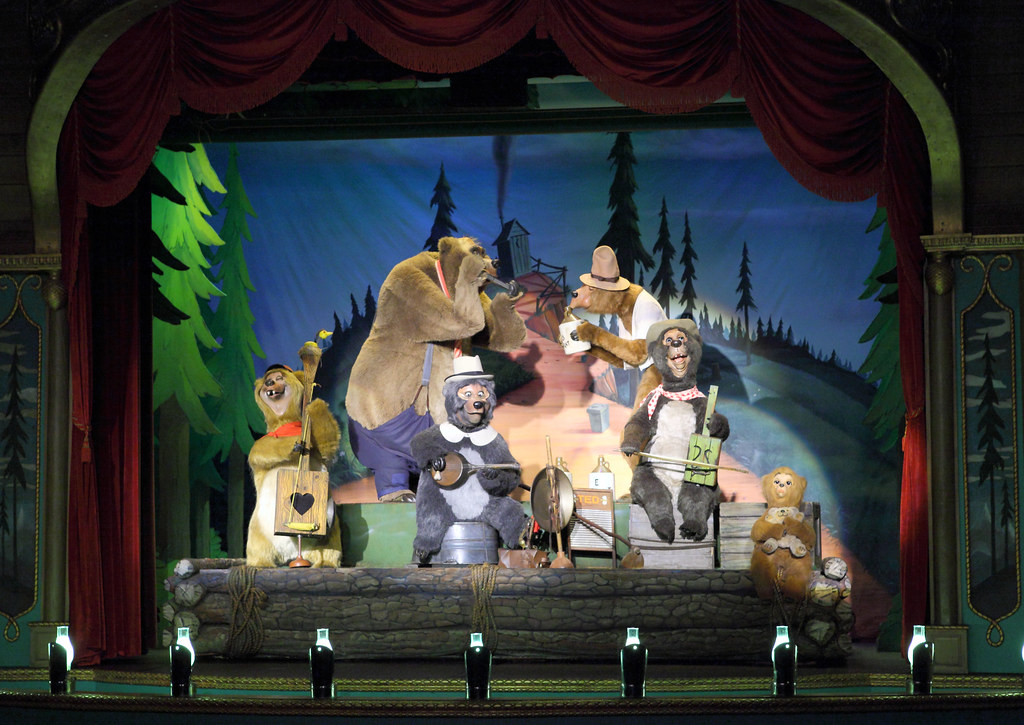
2. **The Retirement of Liver Lips McGrowl from Country Bear Jamboree**Another significant character modification has occurred within a classic attraction: the Country Bear Jamboree at Walt Disney World. After a seven-month hiatus for refurbishment, the attraction reopened on Wednesday, July 17, as the Country Bear Musical Jamboree, featuring new genres of country music such as Bluegrass, pop-country, Americana, and rockabilly. However, one of its original animatronic performers, Liver Lips McGrowl, has been quietly retired from the revamped show.
Liver Lips McGrowl, one of 18 audio-animatronics bears who had been a staple of the popular attraction since its inception in 1971, was known for performing the song “My Woman Ain’t Pretty (But She Don’t Swear None).” His removal is directly linked to ongoing inclusivity efforts by Disney Parks, indicating a proactive stance on addressing historical elements deemed incongruous with contemporary values.
According to the Disney blog Inside the Magic, the decision to remove Liver Lips McGrowl stemmed from both his name and associated connotations. The name itself was deemed “insensitive and outdated,” and more critically, it was recognized as having “derogatory racial connotations against the Black and Jewish communities.” This realization prompted a reassessment of the character’s place within a family-friendly entertainment environment.
The term “liver lips” is specifically considered derogatory and offensive, as the website states, because “it is associated with excessive alcohol consumption and the resulting liver damage.” Furthermore, the phrase is generally deemed “insensitive and outdated,” precipitating Disney’s decision to modify the character. This action is not an isolated incident but rather indicative of a broader strategic initiative within the parks.
The article from Inside the Magic explicitly adds that “The removal of Liver Lips McGrowl is part of a broader trend within Disney Parks to address and rectify outdated or offensive elements within its attractions.” In the newly revamped exhibit, Liver Lips McGrowl has been replaced by a new animatronic bear with the same surname, Romeo McGrowl. Romeo bears a facial resemblance to his predecessor but sports a blonde coif, joining the cast of returning characters including “host” Henry the Bear, Big Al, Ernest the “Dude,” Terrence “Shaker,” Wendell and Teddi Barra, and Trixie with Bunny, Bubbles, and Beulah, ensuring the show continues with a refreshed, inclusive spirit.
3. **The Reimagining of Splash Mountain: A Landmark Transformation**The narrative of Disney’s commitment to diversity and inclusivity extends to one of its most iconic attractions, Splash Mountain. In recent years, this beloved log flume ride has undergone significant modifications as part of a larger company initiative. The impetus behind these changes was a deep-seated desire to address and rectify portrayals within the attraction that were considered stereotypical and offensive, particularly regarding indigenous peoples and animals.
This reimagining represents a substantial investment and a profound shift in how Disney approaches its historical content. The original theming of Splash Mountain, which drew inspiration from controversial source material, had long been a point of discussion and concern for many guests and advocacy groups. Recognizing this, Disney embarked on a journey to transform the ride into a new experience that would celebrate a more inclusive and universally appealing narrative, aligning with modern corporate responsibility standards.
The decision to overhaul Splash Mountain was not taken lightly, given its status as a fan favorite. However, it was deemed a necessary step in the broader “diversity initiatives” that Disney Parks has been implementing across its properties. These initiatives aim to create an environment where all guests feel welcomed and respected, free from outdated or potentially harmful imagery. This transformation underscores a proactive approach to curating content that resonates positively with a global audience.
The modifications involved extensive creative and engineering efforts, moving away from past controversies to embrace a new storyline. This strategic pivot reflects Disney’s understanding that while nostalgia holds a powerful sway, the imperative to evolve and represent a more equitable world is paramount. The revamped attraction will not only offer a fresh experience but also serve as a testament to the company’s dedication to progress and cultural sensitivity, ensuring its narratives continue to inspire and entertain in a responsible manner.
This reimagining is a clear example of how Disney is addressing historical concerns by directly modifying existing attractions, rather than simply retiring them. It showcases a commitment to preserving the joy of the park experience while updating its foundational messages. The transformation of Splash Mountain sets a precedent for how beloved but problematic elements can be respectfully re-envisioned for future generations, demonstrating a comprehensive and analytical approach to historical entertainment assets.
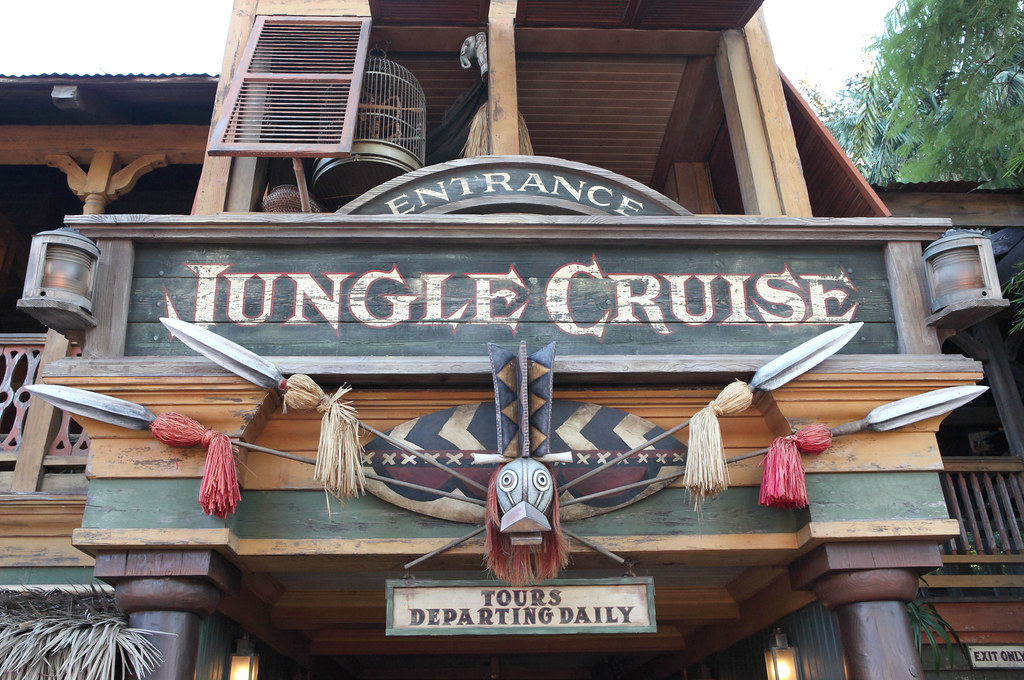
4. **The Overhaul of Jungle Cruise: Navigating Toward Inclusivity**Parallel to the reimagining of Splash Mountain, another classic Disney attraction, the Jungle Cruise, has also undergone significant modifications in recent years. This overhaul was similarly driven by the company’s commitment to diversity initiatives, with a specific focus on removing portrayals that were considered stereotypical and offensive. The changes reflect a critical re-evaluation of content that, while perhaps once accepted, no longer aligns with contemporary standards of cultural sensitivity and respect.
The Jungle Cruise, known for its pun-filled narration and animatronic wildlife scenes, historically contained elements that perpetuated outdated and problematic depictions of indigenous peoples and animals. These portrayals, upon review, were identified as needing to be updated to ensure the attraction provided an inclusive experience for all guests. The modifications were part of a broader, proactive effort by Disney Parks to scrutinize and refine its offerings.
This extensive project involved meticulous revisions to specific scenes and characterizations within the attraction. The goal was to eliminate any imagery or narratives that could be perceived as demeaning or inaccurate, thereby enhancing the ride’s narrative and ensuring it celebrated exploration and adventure in a universally respectful manner. It highlights a professional and factual approach to reviewing and updating entertainment assets that have decades of history within the parks.
The overhaul of Jungle Cruise demonstrates Disney’s commitment to creating an environment where cultural nuances are respected and celebrated. By addressing these concerns directly, the company reinforces its position as a responsible entertainment leader. The changes signify that even long-standing and cherished attractions are not immune to scrutiny, particularly when it comes to fostering an inclusive atmosphere for a global audience, making the experience timelessly relevant rather than historically dated.
These modifications, much like those on Splash Mountain, underscore a strategic dedication to aligning park experiences with current societal values. They exemplify a comprehensive approach to updating content, ensuring that the magic of Disney continues to be a positive and respectful force for all who visit its parks. The continued refinement of such attractions ensures their longevity and their ability to enchant future generations without inadvertently perpetuating harmful stereotypes.
Continuing our analysis of Disney’s evolving character strategy, this section explores the changing availability of beloved characters like Pinocchio, The Three Little Pigs, and Stitch due to guest popularity, alongside the quiet removal of the ‘Disney Character Clicks’ resort perk, shedding light on operational adjustments and evolving guest experiences. These shifts, while perhaps less about content advisories and more about operational efficiency and evolving audience engagement, nonetheless reflect a critical re-evaluation of how Disney’s vast pantheon of characters and experiences are managed in its parks.
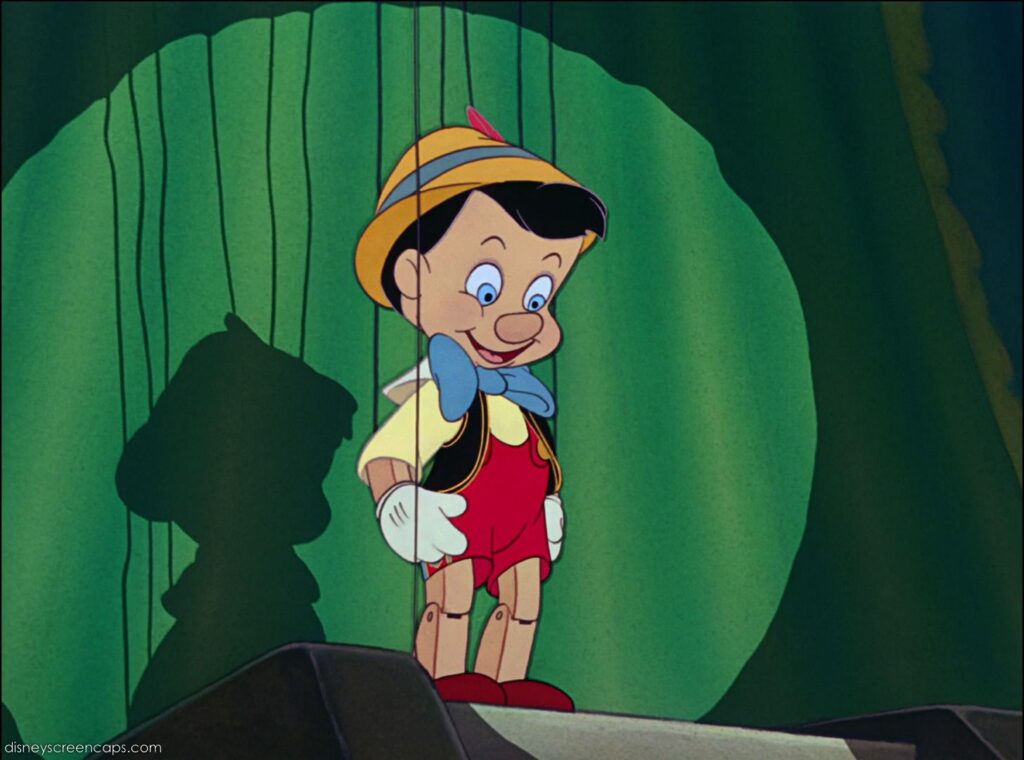
5. **Pinocchio’s Shifting Park Presence**Pinocchio, a character many might consider a cornerstone of the Disney animated canon, has experienced a notable re-evaluation in his park presence. For long-time visitors and industry observers, the notion of Pinocchio being less available for guest interactions might seem surprising, especially considering his historical prominence. Indeed, as one message board user queried, “I would have thought he would be a ‘core’ character that was always available in the parks. He was there when I visited in 2003. Not popular any more?” This sentiment underscores a common perception that characters like Pinocchio hold an evergreen status within the Disney universe.
However, the operational realities of character management within Disney Parks are often dictated by a dynamic metric: guest popularity. An experienced cast member explained that “characters are removed from the daily greeting schedule based on Guest popularity.” This direct correlation means that if lines for certain characters are consistently shorter compared to “VIPs, Princesses, [or] Pooh characters,” their daily availability might be adjusted. It’s a pragmatic approach to optimizing guest flow and ensuring resources are allocated where demand is highest, reflecting a sophisticated understanding of park logistics.
The concept of a character being “retired” in the Disney lexicon is also more nuanced than a complete disappearance. As noted by an industry insider, characters like Pinocchio might be “first removed from appearing daily but still have the ability to pop up randomly.” This means that while dedicated, scheduled meet-and-greets become less frequent, a spontaneous appearance is still a possibility, preventing a complete severance from the daily park experience. This strategic flexibility allows Disney to maintain a connection with beloved characters without committing extensive daily resources to those with diminishing consistent demand.
Such adjustments reflect a broader strategy within Disney Parks to continuously refine the guest experience and operational efficiency. Deploying characters involves significant logistical planning, from staffing and costumes to designated greeting areas. When a character’s sustained appeal does not warrant a daily, fixed presence, reallocating those resources to characters with more consistent demand becomes a sensible business decision. This constant recalibration ensures that the magic remains vibrant and relevant for the largest possible audience, aligning operational costs with proven guest engagement.
Therefore, while the absence of Pinocchio from daily schedules may signal a shift in his immediate park prominence, it primarily indicates a responsive adaptation to evolving guest preferences and the economics of character deployment. It underscores Disney’s analytical approach to character integration, balancing nostalgic value with current operational demands and visitor trends. The objective is to ensure that every character interaction, whether daily or sporadic, continues to deliver a magical and engaging moment for park guests.
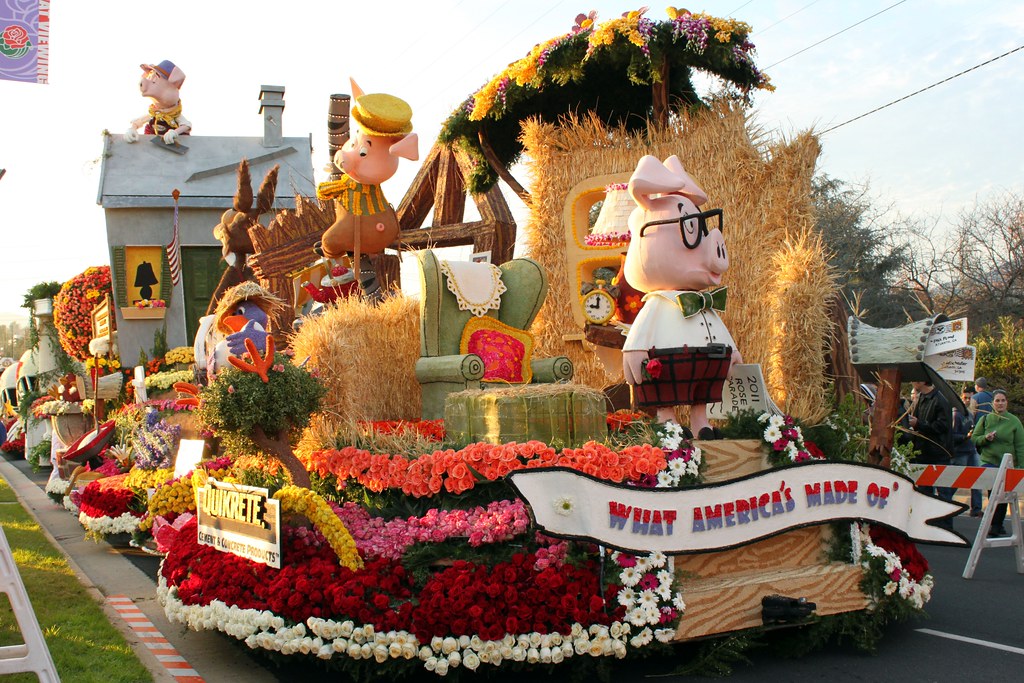
6. **The Three Little Pigs: A Case Study in Character Prioritization**Following a similar trajectory to Pinocchio, the beloved characters of The Three Little Pigs have also experienced a reduced presence in Disney Parks, prompting questions from dedicated fans. While explicit statements regarding their reduced availability are not always made public, their inclusion in discussions about “long lost friends” for “Limited Time Magic” events points to a strategic decision based on factors similar to other legacy characters. As one forum user articulated, “I can understand why The Three Little Pigs might have been retired… but not Pinocchio.” This implies a perceived logical basis for their decreased visibility.
The likely rationale behind the prioritization of The Three Little Pigs, similar to other non-core characters, stems from fluctuating guest popularity. In an environment where resources are meticulously managed, characters that do not consistently draw substantial queues or generate widespread guest interaction are often rotated out of daily schedules. This allows for a more efficient deployment of character performers and ensures that highly demanded characters are readily available, maximizing guest satisfaction and operational flow.
From an operational standpoint, maintaining a diverse roster of characters for daily appearances requires significant investment in costuming, character attendant staffing, and designated greeting locations. When guest interest for a particular character group wanes, even slightly, it prompts an internal assessment of their daily viability. The decision to scale back appearances for characters like The Three Little Pigs is therefore a calculated move to optimize these resources, channeling them towards experiences that generate greater returns in terms of guest engagement and operational efficiency.
Furthermore, a character’s sustained relevance often correlates with their ongoing presence in new media, merchandise, or recent film releases. While The Three Little Pigs hold an indelible place in Disney history, their active presence in contemporary storytelling is less pronounced compared to characters from newer franchises or those consistently featured in marketing. This can naturally lead to a decline in spontaneous guest recognition and, subsequently, a reduced demand for their daily park interactions, influencing Disney’s strategic deployment decisions.
Thus, the observed “retirement” of characters such as The Three Little Pigs is not necessarily a permanent vanishing act but rather a dynamic adjustment within Disney’s intricate character ecosystem. It reflects a continuous process of evaluation, where historical significance is balanced against current guest preferences and operational imperatives. Their potential return for special events, as suggested by “Limited Time Magic” polls, underscores Disney’s flexibility in bringing back beloved figures for targeted, high-impact engagements.

7. **Stitch’s Diminishing Footprint Across Disney Parks**Stitch, the mischievous yet endearing alien from Disney’s “Lilo & Stitch,” presents another compelling example of how character popularity and strategic operational adjustments influence park presence. Once a wildly popular character who enjoyed widespread visibility, his footprint across Walt Disney World Parks has noticeably diminished, illustrating the dynamic nature of guest favorites and Disney’s responsive character management.
Historically, Stitch was a pervasive presence for guests, described as being “widely popular with Guests and met at all 4 parks, a water park, and breakfast.” This extensive availability underscored his status as a major draw, with Disney investing significant resources to ensure he was accessible across multiple locations and character dining experiences. Such ubiquitous placement reflected a peak in his popularity, capitalizing on the character’s broad appeal.
However, the landscape of character availability has since evolved. The same insider notes that Stitch “has since been cut from 2 parks, but still appears at the other 2, the water park, and breakfast.” This targeted reduction highlights a strategic reassessment. While he remains a beloved figure and still offers meet-and-greets in select locations, his widespread daily presence has been curtailed. This move indicates a careful recalibration, prioritizing locations where he continues to draw consistent crowds, rather than maintaining a full footprint across all properties.
This adjustment can be understood as an optimization strategy in response to fluctuating guest interest and the constant demand for freshness in character offerings. Even immensely popular characters experience cycles of demand, and Disney’s approach is to adapt its operational deployment accordingly. By consolidating Stitch’s appearances, resources can be more efficiently allocated, potentially freeing up performers or spaces for emerging characters or those experiencing a resurgence in popularity.
Ultimately, Stitch’s revised presence across Disney Parks serves as a powerful illustration of the ongoing, data-driven decisions that shape the guest experience. It underscores that even the most cherished characters are subject to evaluations based on current trends and operational efficiency. His continued presence in core locations demonstrates Disney’s commitment to his fan base, while his reduced overall availability reflects a sophisticated, adaptable approach to character management in a highly competitive entertainment landscape.
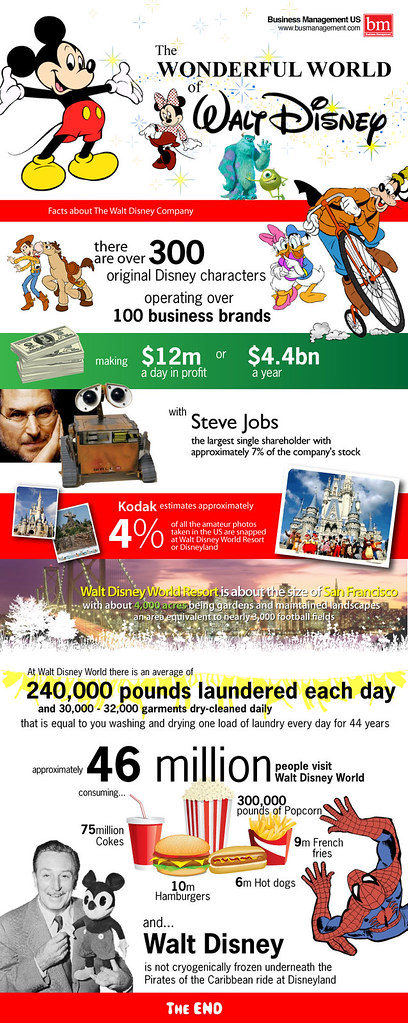
8. **The Quiet Discontinuation of ‘Disney Character Clicks’ Resort Perk**Beyond individual character re-evaluations, Disney has also made quiet operational adjustments concerning broader guest experiences, exemplified by the discontinuation of the ‘Disney Character Clicks’ resort perk. This amenity, which brought character magic directly to value resorts, was part of a larger initiative to enhance the stay for guests, particularly those utilizing more budget-friendly accommodations. Its unannounced removal, however, signals a broader trend in how Disney manages its added-value offerings.
The ‘Disney Character Clicks’ booth was introduced as an engaging, interactive experience for guests staying at select Walt Disney World Resorts, initially as part of the 50th-anniversary celebrations. Later, it was specifically extended to value resorts like All-Star Sports and All-Star Movies in July 2023. This perk allowed guests to “simply scanned their MagicBand, Key to the World card, park ticket, or Disney Magic Mobile,” then “choose which of the Fab 5 characters you would like in your shot,” and have “3 magical photos taken.” It was a unique, exclusive offering designed to make guests of all budgets feel valued.
Despite its popularity and the value it added to resort stays, the ‘Disney Character Clicks’ booth was quietly removed from All-Star Sports. On a recent visit, the booth was conspicuously absent, replaced by “additional lobby seating.” This removal occurred without any official announcement, prompting concern among guests who appreciated the convenience and charm of this unique interaction. The absence of a prior end date announcement for what was initially billed as a “limited time” offering further exacerbated the surprise for many.
A Cast Member confirmed that “these were removed a few weeks ago and are not expected to return,” though they did mention that “characters may occasionally visit, but these will be rare.” This explanation clarifies the permanency of the removal and reinforces the shift away from a dedicated, self-service character photo opportunity. The move to replace it with basic seating suggests a re-prioritization of lobby space and a potential re-evaluation of the cost-benefit of maintaining such specific interactive installations.
The quiet discontinuation of ‘Disney Character Clicks’ illustrates Disney’s ongoing process of refining its guest offerings, sometimes at the expense of previously cherished perks. While the company continuously seeks to innovate and enhance the guest experience, these strategic decisions reflect a balancing act between delivering “magical perks” and operational efficiencies, particularly within the value tier of its resort portfolio. It emphasizes that even seemingly established amenities can be subject to unannounced changes, urging guests and industry professionals to remain attuned to the evolving landscape of Disney offerings.
In the intricate tapestry of Disney Parks, every character appearance and guest amenity is a deliberate thread woven with strategic intent. From beloved animated icons seeing their daily schedules adjusted due to evolving guest popularity, to groundbreaking attraction overhauls driven by a commitment to inclusivity, the decisions underscore a company in constant motion. These quiet retirements and nuanced re-evaluations are not simply disappearing acts, but rather critical adjustments in an ever-evolving narrative, balancing cherished legacy with modern operational realities and the imperative to resonate authentically with a global audience. Disney’s continuous process of introspection and adaptation ensures that the magic endures, not through static preservation, but through dynamic, thoughtful evolution. The future of the parks will undoubtedly continue this dance between tradition and transformation, inviting guests to discover enchantment in new and refined ways.

